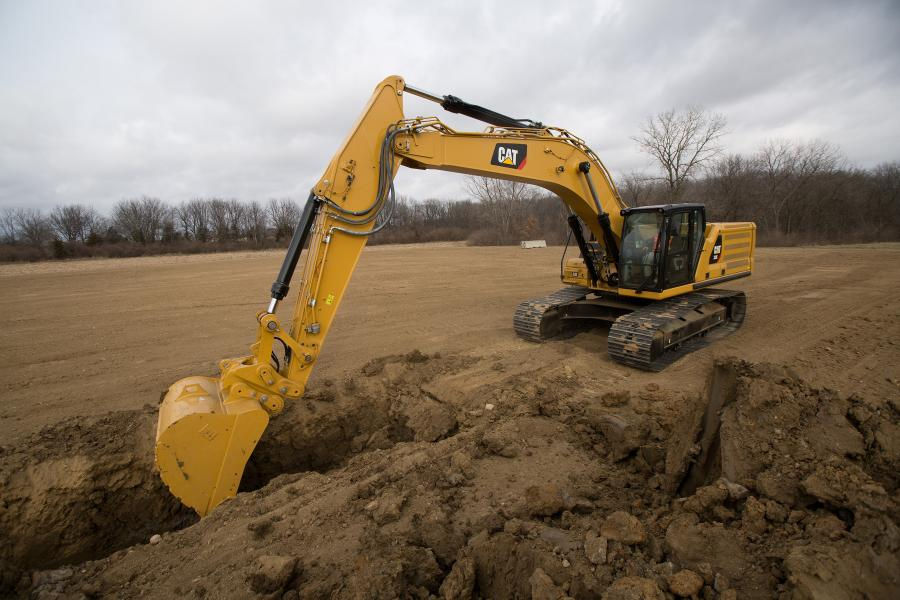Elevating Outdoor Spaces: The Art of Hardscaping
- Midtex Services
- Apr 29, 2024
- 2 min read
Updated: Jun 16, 2024

In the realm of landscape design, hardscaping plays a pivotal role in transforming outdoor spaces into functional, beautiful, and inviting areas. Unlike softscaping, which involves plants, trees, and vegetation, hardscaping focuses on non-living elements such as patios, walkways, retaining walls, and outdoor structures.
1. Defining Hardscaping:
Hardscaping refers to the use of hard, durable materials in landscape design to create structure, define spaces, and enhance functionality. Common hardscaping elements include:
Patios and decks
Walkways and pathways
Retaining walls and garden borders
Outdoor kitchens and fire pits
Pergolas, gazebos, and arbors
Water features such as fountains and ponds
Decorative stone, pavers, bricks, and concrete surfaces
2. Creating Functional Spaces:
One of the key benefits of hardscaping is its ability to create functional outdoor spaces that extend the livable area of your property. A well-designed patio or deck provides an outdoor living and dining area for entertaining guests or relaxing with family. Walkways and pathways offer safe and convenient access throughout the landscape, connecting different areas of the property seamlessly.
3. Enhancing Aesthetics:
Hardscaping elements add visual interest, texture, and contrast to the landscape. Using materials such as natural stone, pavers, or decorative concrete allows for endless design possibilities, from rustic charm to modern elegance. Incorporating architectural features like pergolas, arbors, or retaining walls can create focal points and add vertical dimension to the outdoor space.
4. Increasing Property Value:
A well-designed hardscape not only enhances the beauty of your property but also increases its market value. Outdoor living spaces with quality hardscaping features are attractive selling points for potential buyers, as they offer additional functionality, curb appeal, and potential for outdoor enjoyment.
5. Improving Accessibility and Safety:
Hardscaping elements like walkways, ramps, and handrails improve accessibility and safety, especially for individuals with mobility challenges or limited mobility. Properly designed pathways and surfaces ensure smooth navigation and reduce the risk of slips, trips, and falls in outdoor areas.
6. Low Maintenance Solutions:
Many hardscaping materials require minimal maintenance compared to traditional landscaping elements. For example, concrete pavers or stone surfaces are easy to clean, resistant to wear and tear, and withstand weather conditions effectively. Properly installed hardscaping features can last for years with minimal upkeep.
7. Incorporating Water Management:
Hardscaping can also contribute to effective water management in the landscape. Features like permeable pavers, rain gardens, and French drains help capture and redirect rainwater, reduce runoff, and prevent erosion. Integrating water-efficient irrigation systems and drought-tolerant plants with hardscape elements promotes sustainable landscaping practices.
8. Customizing Outdoor Living:
The beauty of hardscaping lies in its versatility and ability to be customized to suit individual preferences and lifestyle needs. Whether you desire a cozy outdoor fireplace for chilly evenings, a serene water feature for relaxation, or a stylish pergola for shade and privacy, hardscaping allows you to create personalized outdoor environments that reflect your taste and vision.
In conclusion, hardscaping is an essential component of landscape design that adds structure, functionality, beauty, and value to outdoor spaces. By incorporating well-planned hardscape features into your landscape, you can create inviting, livable environments that enhance your quality of life and provide endless opportunities for outdoor enjoyment, relaxation, and entertainment. Whether you're designing a small backyard oasis or a sprawling estate, hardscaping offers limitless possibilities for creating outdoor spaces that truly elevate your living experience.





Comments